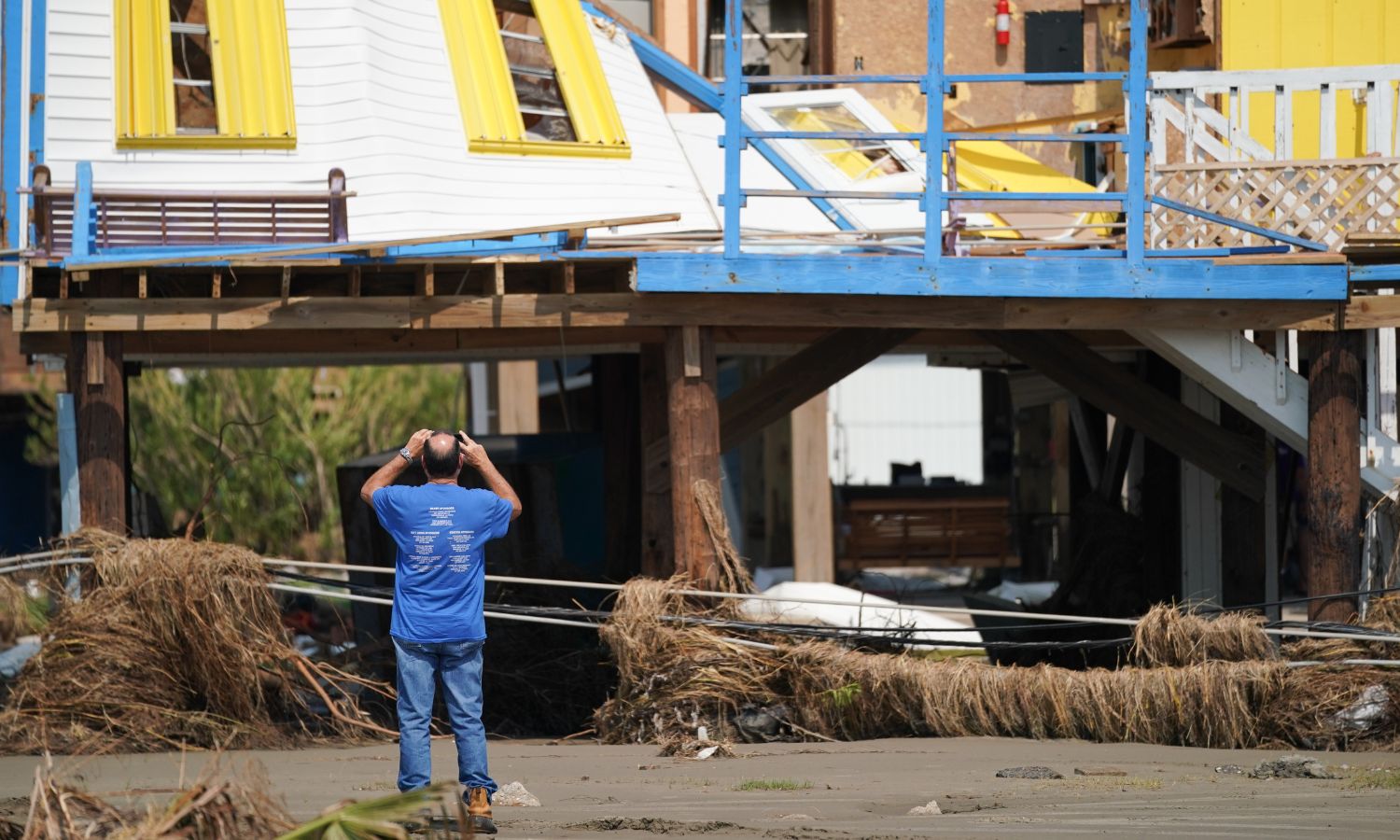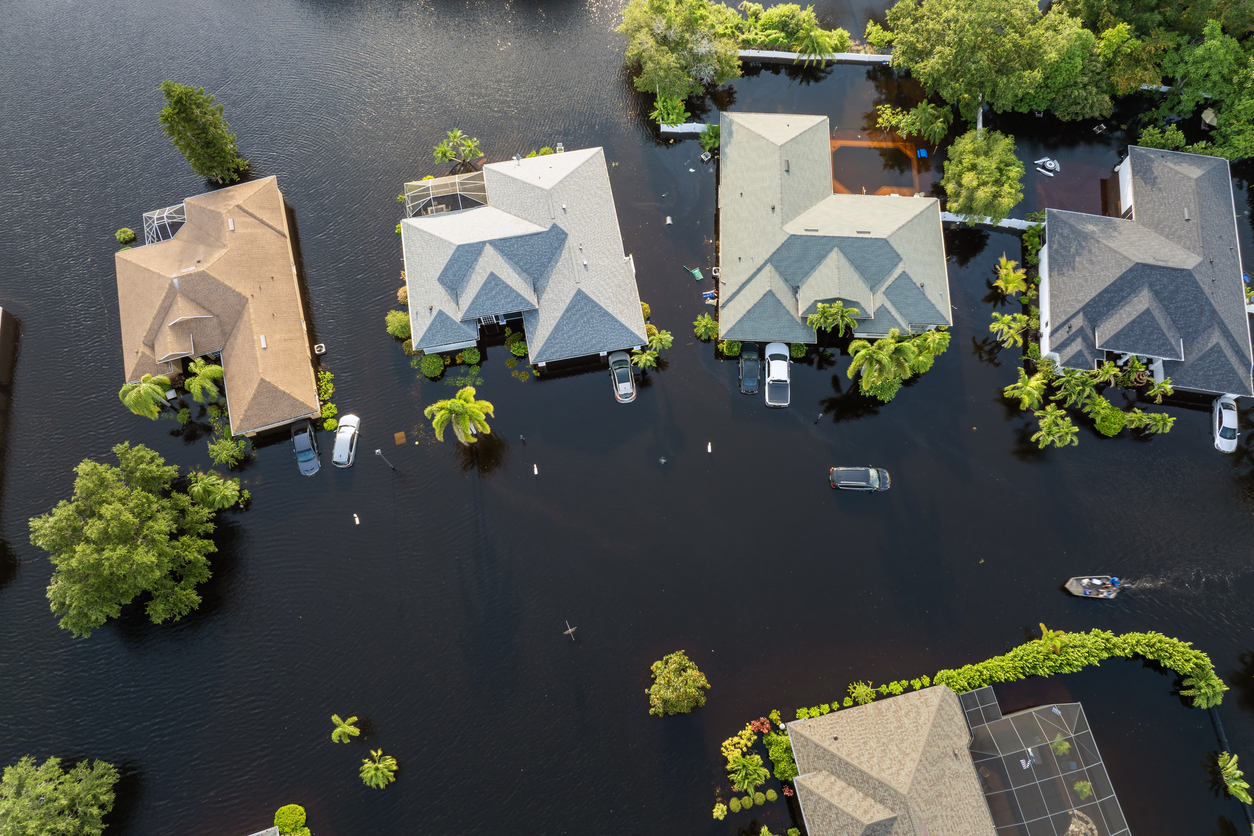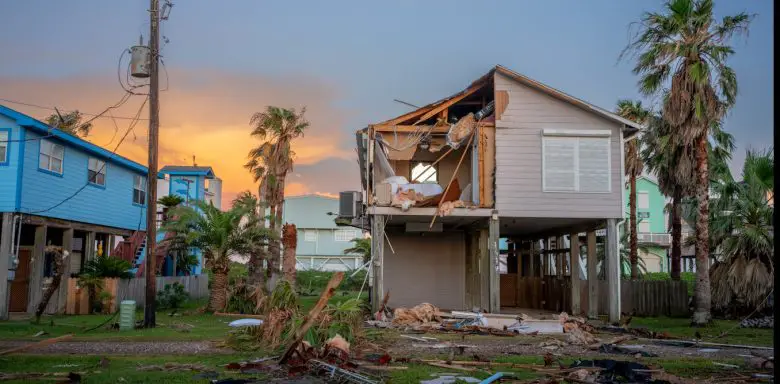Here are the reasons behind the skyrocketing premiums and the implications for the future of insurance due to climate change.
The New Normal in Nature Is Dangerous
First, let us address the obvious: the earth is changing. Fast.
Seasons for wildfires are longer.
Areas affected by flooding are growing.
Every year, heatwaves set new records.
Storms are getting stronger and frequently hit areas that were previously deemed “low-risk.”
This increases unpredictability, losses, and claims for insurance.
That is the new baseline, not a blip. Additionally, insurers are updating their models to take these increased risks into consideration.
The Reasons Behind Your Premium Increase
Risk is the main factor in insurance cost. Your premiums increase in tandem with the level of risk. It is that easy—and that difficult.
What is causing rate increases is as follows:

Increased Claims Settlements: Insurers are paying out more money than ever before due to more frequent and severe weather disasters.
Reinsurance Costs: To handle catastrophic losses, insurers purchase their own insurance, or reinsurance. Reinsurers hike their rates when risks increase, and you pay the price.
Geographic Shifts: Some formerly “secure” places are now being questioned.
In areas that have never experienced flooding, flood insurance is currently very popular.
Underwriting Red Flags: Insurers are flagging—and occasionally dropping—older homes, residences in regions that are prone to wildfires, and properties close to coasts.
Coverage of Climate Risk Is Also Changing

Some insurers are moving out of high-risk areas completely, going beyond simply boosting prices.
California: Because of the possibility of wildfires, a number of major insurers have ceased issuing new homeowner’s policies.
Coastal Zones: A lot of homeowners along the coast are being pressured to use last-resort or government-backed insurance, which frequently has lower limits and higher prices.
This is about access, not simply price. Finding any coverage at all is difficult for some people.
The Reaction of the Insurance Sector

Insurers are aware that they cannot overlook climate risk. The industry is adjusting as follows:
Advanced Risk Modeling: To gain a better understanding of local climate concerns, businesses are investing in artificial intelligence (AI), satellite data, and predictive modeling.
Insurance Based on Usage and Incentive: Consider raising your property above flood level or fireproofing it to take advantage of some discounts for climate resilience.
Product Innovation: Previously uninsurable hazards are now being covered by new insurance products (such as parametric policies that provide payouts based on weather activity rather than damage).
However, there is a learning curve associated with these changes, and not all customers are keeping up.
What Policyholders Are Able to Do
You are not helpless if the cost of your insurance is increasing due to climate change. The following are some proactive measures:
Recognize Your Risk: Evaluate your property using insurer insights, FEMA flood maps, and wildfire risk tools.
Harden Your Home: Improvements like sump pumps, improved drainage, and fireproof roofs can reduce your risk (and occasionally your rates).
Look Around: Do not accept your renewal without question. The way that various carriers evaluate climate risk varies.
Collaborate with a Broker: Independent brokers can assist you in locating lesser-known carriers and navigating high-risk areas.
Looking Ahead: Global Warming and Insurance
There will not be any climate change. It is here. Additionally, the insurance sector, which is sometimes viewed as conservative and slow-moving, is currently going through a reckoning. As risk increases in cost and unpredictability, insurance’s function is changing from “safety net” to “canary in the coal mine.”
Premium increases are more than simply a financial annoyance. They serve as a reminder that it is getting more difficult to insure our environment. And that gives us far more information than any policy ever could.



